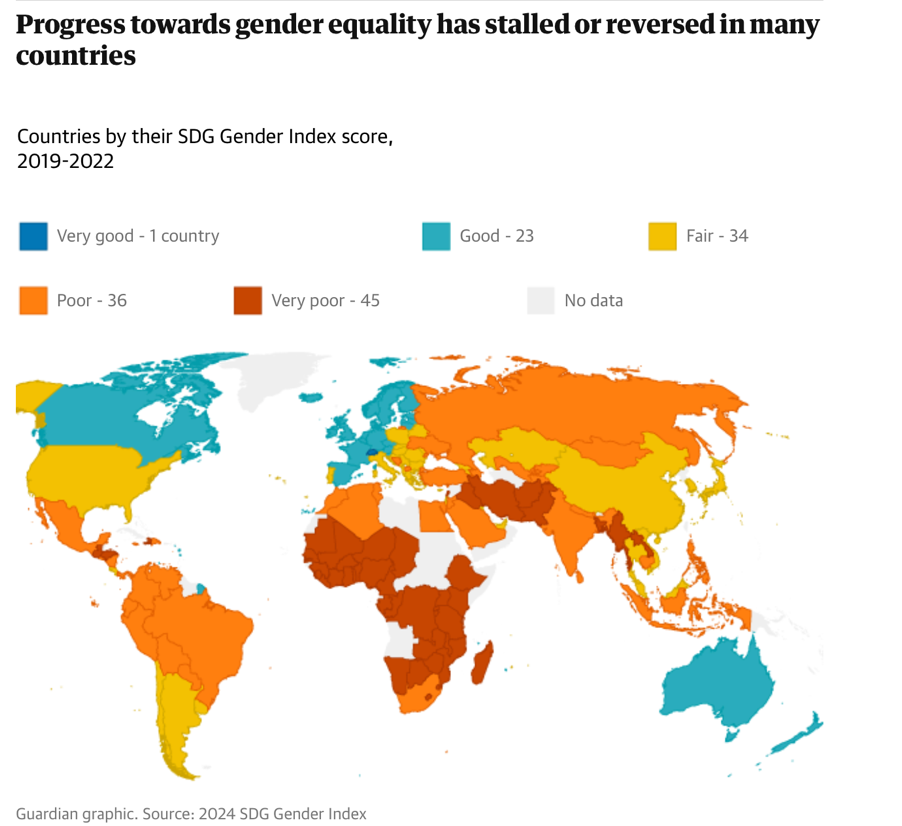Human Trafficking & Modern Slavery: Introducing the Socio-Ecological Model
- UN House Scotland

- Nov 13, 2017
- 2 min read
Human trafficking is a multi-faceted challenge with social, political and economic dimensions, affecting various countries around the globe, and Scotland is no exception. A research study conducted by the Scottish Government along with several organisations including Police Scotland and Trafficking Awareness Raising Alliance (TARA), revealed that victims of human trafficking were found in most major cities in Scotland including Glasgow, Edinburgh, Aberdeen, Dundee, Perth, Stirling and several smaller towns (BBC, 2017). The Scottish Government has been aiming to address the problem by introducing the Human Trafficking and Exploitation (Scotland) Act of 2015, and launched the Trafficking and Exploitation strategy in 2016. The strategy includes 4 broad objectives, mainly to identify victims, prosecute perpetrators, disrupt the trafficking supply chains within the country and raise public awareness (Holyrood, 2017).
The objective of this series of articles, is to understand how the different levels of society are affected by or contribute to human trafficking using the Socio-Ecological Model (Understanding the Social Ecological Model and Communication for Development, 2017). This model has been often used in the past by UN agencies to understand the magnitude of humanitarian issues by exploring risk factors and protective factors across 4 levels – Structural, Organisational, Community and Individual. Risk factors are defined as those which increase the vulnerability of potential victims, while protective factors are those which may shield them. For example, with most acts of violence, poverty and gender of the victims could be risk factors, while access to education could be a protective factor.
Both these types of factors will vary depending on the topic being analysed, and the level which is being examined. The model will also allow us understand the scope and impact of each level on other levels. For instance, we will be able to understand the impact of changes at the Structural level, such as the implementation of a policy, on a victim or perpetrator of human trafficking, thus bringing us closer to understanding the gravity of this act of violence. This series shall use the model to answer the following questions with respect to human trafficking and modern slavery, as illustrated in the diagram below.

The series consists 4 articles, each of which will focus on a level within the Socio-Ecological Model, drawing on previously published academic literature, policy documents, and other relevant material. The answers to these questions can be used in the future by interested parties, to facilitate the design of interventions and solutions which cater to mitigating the challenges in each level.
References
BBC. (2017, August 29). Retrieved from http://www.bbc.co.uk/news/uk-scotland-41075042
Holyrood. (2017, June 2). Retrieved from https://www.holyrood.com/articles/news/scottish-government-launches-human-trafficking-and-exploitation-strategy
Understanding the Social Ecological Model and Communication for Development. (2017). Retrieved from UNICEF: https://www.unicef.org/cbsc/files/Module_1_-_MNCHN_C4D_Guide.docx











Comments